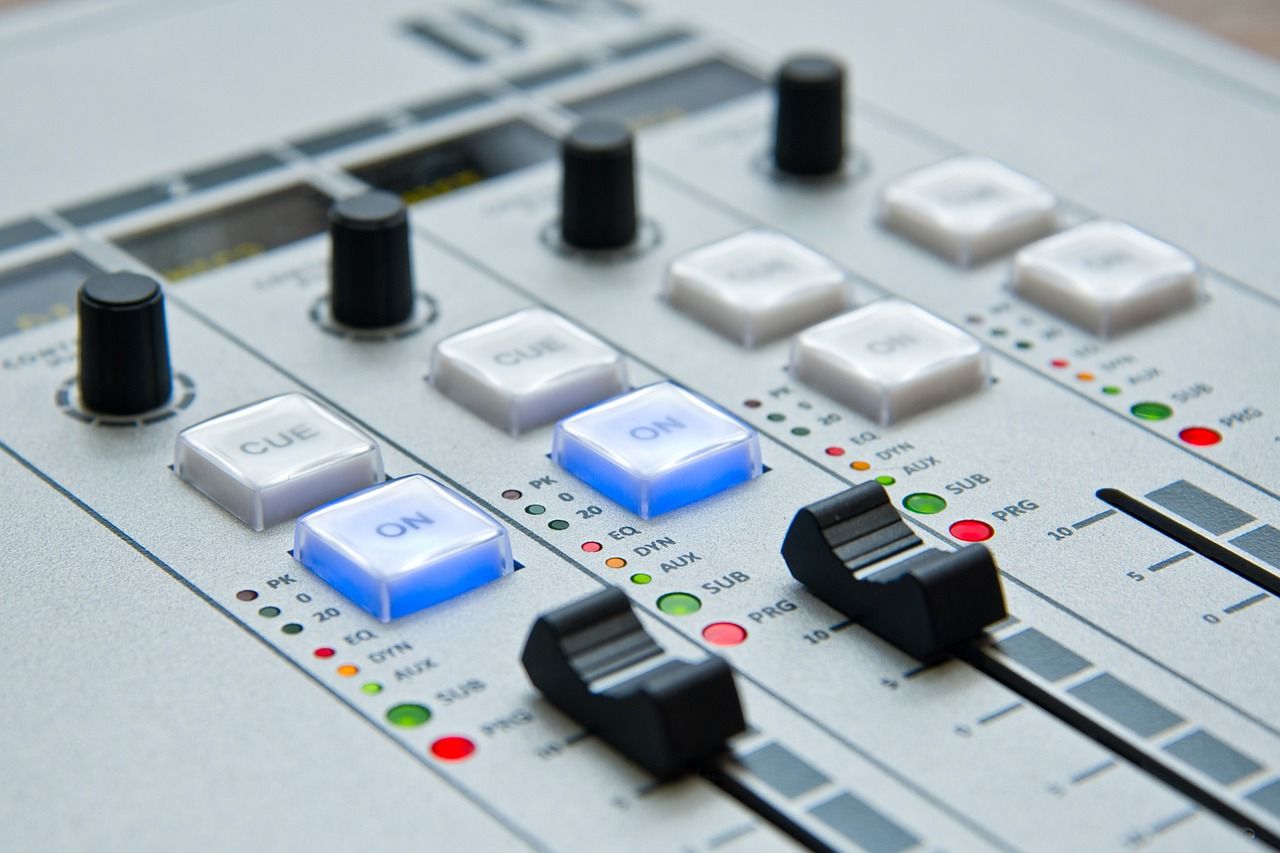The digital age has completely transformed the way we consume and share music. Gone are the days when musicians had to rely solely on physical albums or local gigs to make a living. If you’re an artist, producer, or band looking to take your music career to the next level, this guide will walk you through the process and benefits of distributing your music online.
Why Uploading Your Music to Digital Stores is Essential
The internet has made music more accessible than ever before. Platforms like Spotify, Apple Music, Amazon Music, and Tidal have millions of active users worldwide. By uploading your music to these digital stores, you can tap into an enormous audience that traditional methods can’t reach. Additionally, these platforms offer opportunities for artists to monetize their music through streams, downloads, and subscriptions.
Imagine someone discovering your song while commuting to work or adding it to their favorite playlist. Every play counts and contributes to your earnings. Moreover, uploading your music to all digital stores enhances your visibility, builds your fan base, and establishes your brand as an artist.
The Benefits of Uploading Your Music Online
Uploading your music to digital platforms comes with numerous advantages. Here are some of the most compelling reasons to get started:
- Global Reach: Digital stores allow your music to be heard by fans from all corners of the world.
- Steady Income: You get paid every time your song is streamed or purchased.
- Analytics and Insights: Platforms provide detailed reports on your audience’s preferences, helping you make informed decisions about your music.
- Control Over Your Career: Independent artists can distribute their music without relying on a record label.
How to Upload Your Music to Digital Stores
Uploading your music to all digital stores might sound intimidating, but it’s simpler than you think. Follow these easy steps to get started:
Step 1: Prepare Your Music Files
Before you can upload your music, make sure your tracks are properly prepared. Ensure they are high-quality audio files in formats like WAV or FLAC. Avoid using MP3 files as they may not meet the quality standards of some platforms.
Step 2: Create Album Artwork
Most digital stores require cover art for your music. Design a professional and eye-catching album cover that represents your music. The artwork should meet the specifications of the platform you’re uploading to, such as size and resolution.
Step 3: Choose a Digital Distributor
To get your music on platforms like Spotify, Apple Music, and Amazon Music, you’ll need to work with a digital distributor. These companies act as intermediaries between you and the digital stores. Some popular distributors include DistroKid, TuneCore, CD Baby, and Amuse. Compare their pricing, features, and royalty rates to choose the best one for your needs.
Step 4: Upload Your Music and Metadata
Once you’ve chosen a distributor, upload your tracks, album artwork, and metadata (such as song title, artist name, genre, and release date). Double-check all information for accuracy to avoid delays.
Step 5: Select the Stores
Most distributors allow you to choose the digital stores where you want your music to be available. It’s a good idea to select all stores to maximize your reach.
Step 6: Set Your Release Date
You can release your music immediately or schedule it for a future date. Scheduling gives you time to promote your release and build anticipation among your fans.
Tips to Maximize Your Earnings from Digital Stores
Once your music is live, it’s time to promote it and start earning. Here are some strategies to maximize your income:
- Promote on Social Media: Share your music on platforms like Instagram, Twitter, and Facebook to reach more listeners.
- Collaborate with Influencers: Partner with influencers to spread the word about your music.
- Create Playlists: Add your songs to playlists or create your own to increase streams.
- Engage with Your Fans: Respond to comments, messages, and reviews to build a loyal fan base.
- Monitor Your Analytics: Use the data provided by digital stores to understand what works and refine your strategy.
Common Mistakes to Avoid
While uploading your music to digital stores is straightforward, there are some common pitfalls to avoid:
- Skipping Quality Checks: Poor audio quality or low-resolution artwork can hurt your chances of being featured on playlists.
- Neglecting Promotion: Simply uploading your music isn’t enough. You need to actively promote it to reach a wider audience.
- Ignoring Metadata: Incomplete or incorrect metadata can lead to misrepresentation of your music.
- Choosing the Wrong Distributor: Not all distributors offer the same services. Research thoroughly before selecting one.
The Future of Digital Music Distribution
As technology continues to evolve, the music industry is becoming more artist-friendly. Innovations like blockchain and NFTs are opening new avenues for musicians to monetize their art. Staying updated with these trends can give you an edge in the competitive music landscape.
Uploading your music on all digital stores is not just an option; it’s a necessity in today’s music world. It allows you to reach fans, get paid for your work, and build a sustainable career as an artist. By following the steps and tips outlined in this guide, you can take your music to new heights and achieve your goals.
Related Articles:
For further reading, explore these related articles:
For additional resources on music marketing and distribution, visit DMT RECORDS PRIVATE LIMITED.






